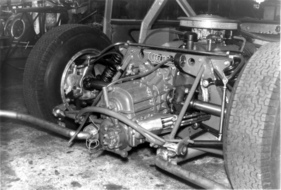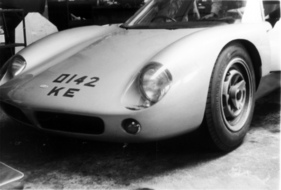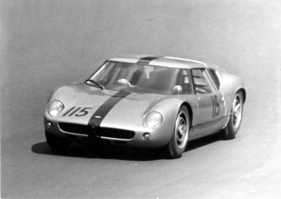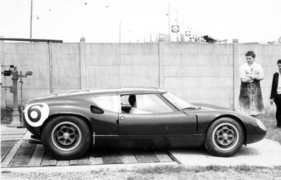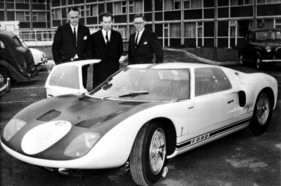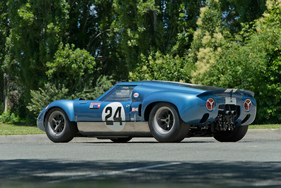Lola GT - the ingenious but failed forerunner of the Ford GT 40
Summary
50 years ago, the Lola Mark VI GT developed by Eric Broadley celebrated its premiere with the aim of shaking up the international GT and endurance racing scene. It did so, but not under its own name. The ideas flowed into the Ford GT 40, which won several times at Le Mans and ended Ferrari's dominance. This report goes in search of clues and shows the history of the Lola GT's development. Many pictures, some of which have never been shown before, show the ingenious racing car under construction and on the race track.
This article contains the following chapters
- An engine revolution for sports cars
- LGT-P with steel chassis, 4.2 liter V8 and GRP bodywork
- When racing cars were still beautiful
- Presentation London Racing Car Show 1963
- From the back of the field to 9th place
- LGT-1 and -2 with aluminum chassis and 4.7 liter V8
- Teething troubles lead to failure
- Broadley becomes GT40 midwife...
- ... but not happy
- Where have the three cars gone?
- LGT-1 in later racing condition
- LGT-2 with Chevy engine
- What if...?
- Further information
Estimated reading time: 11min
Preview (beginning of the article)
Eric Broadley originally numbered his Lola racing cars. The first "Special" from 1957 was followed by the Mark I. In 1963, Lola competed in Le Mans with the Mark VI (also known as the "Lola GT"). After 15 hours, the race had to be abandoned in fifth position. Nevertheless, Broadley was hired by Ford as a consultant for the GT40 project. From then on, the Lola GT was rightly regarded as the birthplace of this sports car of the century. In the 1960s, which had just begun, motorsport was in a state of upheaval. The mid-engine had slowly but surely established itself in monopostos and vehicles with smaller engines. It was only a matter of time before the new configuration also became established in sports cars. At that time, the term "rear engine installed in front of the rear axle" was still used. The term "mid-engine" was not yet common.
Continue reading this article for free?
Photos of this article




















